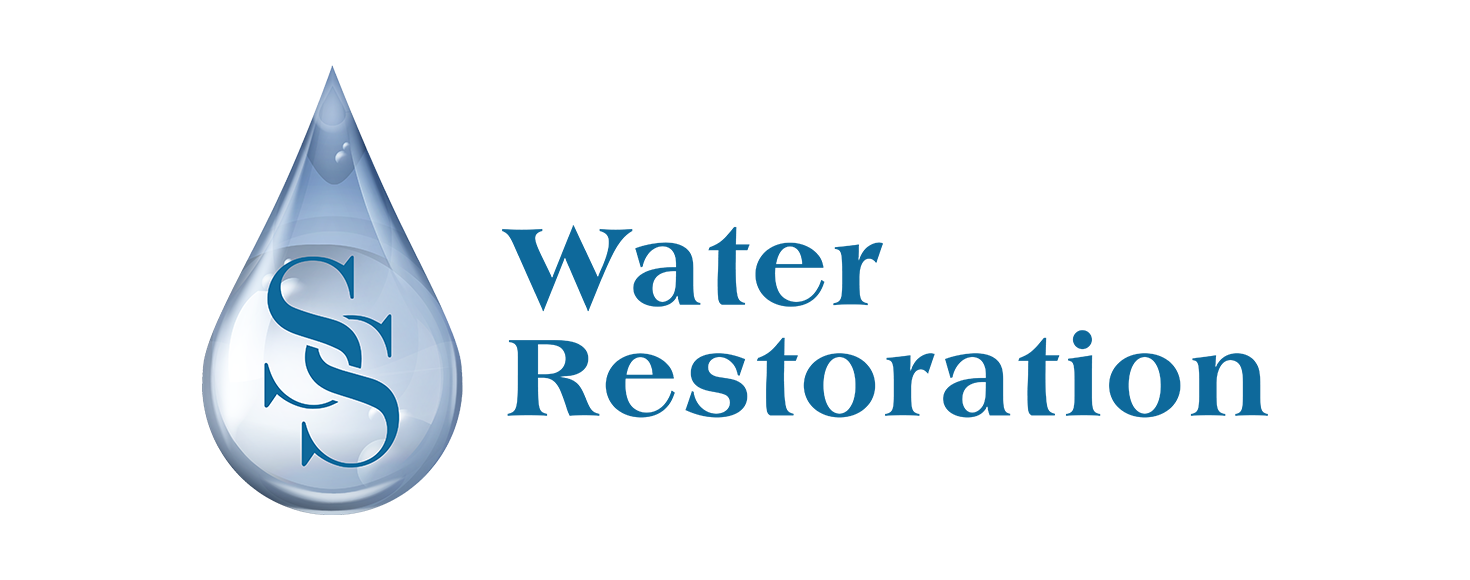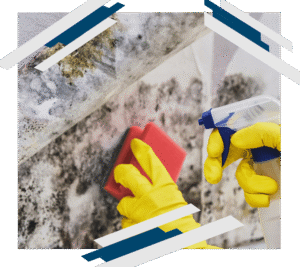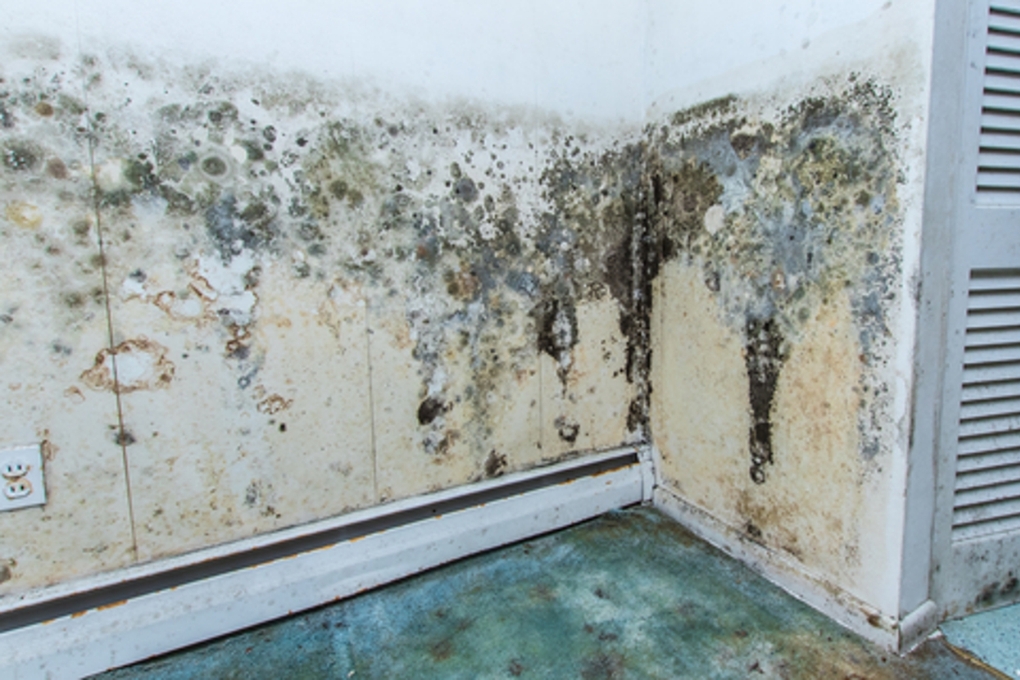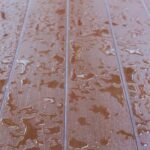Like the tale of Hercules and the Hydra, tackling mold in your home can feel like a never-ending battle. You might think mold removal is the ultimate solution, but it’s essential to understand that this approach often only scratches the surface. On the other hand, mold remediation offers a more thorough strategy that tackles the problem at its roots. So, what exactly sets these two processes apart, and why does it matter for your home and health? The differences could mean distinguishing between a temporary fix and lasting peace of mind.
What Is Mold Removal?
Mold removal means physically eliminating mold spores and colonies from a given environment, typically a building or home. It’s imperative to act quickly when you identify mold types like Aspergillus, Penicillium, or Stachybotrys (black mold). Each type poses distinct health risks, including respiratory issues, allergic reactions, and even neurological effects in severe cases.
Understanding these risks is fundamental for maintaining a healthy indoor environment. You shouldn’t underestimate the impact mold can have on your overall well-being and that of your family or occupants. Mold removal often involves specialized equipment and techniques to guarantee that spores don’t spread during the removal phase.
Prevention strategies play a key role in mold management. You can minimize moisture by ensuring proper ventilation, using dehumidifiers, and regularly inspecting areas prone to dampness, such as basements and bathrooms. By proactively addressing mold growth, you enhance safety and save on potential remediation costs later. Mold removal is essential in preserving your home’s integrity and protecting your health.
Basic cleaning and surface-level removal explained
Removing surface-level mold involves basic cleaning techniques that can effectively address minor infestations. This approach suits small areas where mold hasn’t deeply penetrated materials. You’ll often use everyday surface cleaning products to tackle these visible mold patches.
To guarantee effective removal, consider the following basic cleaning techniques:
- Use soap and water: A simple mixture can help lift mold from surfaces.
- Apply diluted vinegar: This natural solution can kill many types of mold.
- Utilize baking soda: It not only cleans but also deodorizes affected areas.
- Choose cleaners: Look for products specifically designed for mold removal.
- Follow-up disinfection: This will help prevent future mold growth and issues..
Once you’ve cleaned the surface, implementing mold prevention methods is essential. Keep humidity levels low, maintain good ventilation, and promptly address leaks. Sticking to these basic cleaning techniques and prevention methods can maintain a healthier environment and reduce the risk of mold reoccurrence.
What Is Mold Remediation?
When basic cleaning methods aren’t enough to tackle a mold problem, mold remediation becomes necessary. This process involves identifying mold types in your environment and evaluating their potential health effects. If not addressed properly, mold can lead to respiratory issues, allergic reactions, and other serious health problems.
Professionals utilize specialized techniques during remediation to effectively contain and eliminate mold growth. They start by inspecting affected areas to determine the extent of the infestation and the specific mold types involved. This assessment helps in selecting the appropriate treatment methods.
In addition to removal, mold remediation focuses on implementing prevention methods to avoid future outbreaks. This includes addressing moisture issues, improving ventilation, and using protective coatings or sealants. By taking these steps, you can significantly reduce the risk of mold returning and safeguard your health.
Ultimately, mold remediation is a thorough approach that aims to eliminate existing mold and prevent future growth. Understanding the importance of this process can help you maintain a safe and healthy living environment.
Comprehensive process including containment, removal, and prevention
A thorough containment, removal, and prevention process is essential to address a mold issue effectively. You need to implement mold containment strategies to limit the spread of spores during remediation. This guarantees that unaffected areas remain untouched, reducing overall health risks associated with mold exposure.
Here are key components to take into account in your process:
- Assessment: Identify the extent of the mold problem and determine the necessary containment methods to prevent further damage or spread.
- Containment: Use physical barriers and negative air pressure to prevent spores from traveling to clean areas and thus contain the mold infestation.
- Removal: Safely remove mold-infested materials, follow proper disposal procedures to minimize airborne spores, and start clean up.
- Cleaning: Disinfect surfaces with appropriate solutions to eliminate residual spores and prevent mold from growing back in the treated areas.
- Prevention Techniques: Implement measures like improving ventilation, controlling humidity, and fixing leaks to prevent future mold growth.
Key Differences Between Remediation and Removal
Understanding the fundamental differences between mold remediation and removal is essential for effective mold management. Mold removal typically refers to the physical elimination of mold from surfaces, focusing solely on the visible fungi. While this might seem sufficient, it often leaves underlying spores and moisture issues unaddressed, which can lead to recurrence.
On the other hand, mold remediation encompasses a thorough process that removes mold and implements mold prevention strategies. This includes identifying and rectifying the source of moisture, which is essential in mitigating health risks associated with mold exposure. Many people hold common misconceptions that mold can be entirely eradicated; however, it’s critical to recognize that mold spores exist everywhere. The goal of remediation isn’t to eliminate all mold but to control it to safe levels.
Compare cost, effectiveness, process, and long-term protection
Mold remediation and mold removal vary significantly in cost, effectiveness, process, and long-term protection. Understanding these differences can help you make informed decisions for your home or business.
- Cost: Remediation often involves higher costs due to thorough inspections and treatments. While removal may seem cheaper, it can also lead to recurring issues.
- Effectiveness: Remediation addresses the root cause of mold growth, whereas removal may only provide a temporary fix to the immediate issue.
- Process: Remediation includes cleaning, repairing, and implementing mold prevention techniques, while removal focuses solely on eliminating visible mold.
- Health Impacts: Remediation considers the health impacts of mold exposure, but a simple removal might not adequately address underlying health risks.
- Long-term Protection: Remediation provides long-term solutions by preventing future mold growth, while removal can leave your property vulnerable to recurrence.
If you’re exploring DIY mold solutions, remember that while some methods can be effective for small patches, they may not address the underlying issues. For thorough protection, consider investing in professional remediation to guarantee your space remains mold-free and healthy over time.
Why Mold Remediation Is the Smarter Long-Term Solution
While many homeowners consider mold removal a quick fix, opting for mold remediation is ultimately the smarter long-term solution. Mold remediation doesn’t just eliminate visible mold; it employs thorough mold prevention strategies to tackle underlying issues. This proactive approach guarantees that the conditions conducive to mold growth are addressed, greatly reducing the chance of recurrence.
Mold can have serious health effects, including respiratory issues, allergies, and other complications. By choosing remediation, you’re investing in a process that improves indoor air quality and safeguards your family’s health. Remediation specialists assess your home’s environment, identifying moisture sources and other factors contributing to mold growth. They then implement solutions that remove existing mold and prevent future issues.
In contrast, mold removal typically focuses solely on the visible aspects, leaving potential hidden problems unaddressed. This can result in recurring mold issues, undermining your efforts and risking your health. Consequently, mold remediation is not just about removing mold; it’s about creating a healthier living environment for the long haul, promoting better indoor air quality and overall well-being.
Root cause, prevent regrowth, protect health
Remediation eliminates existing infestations and prevents future occurrences by addressing the root cause of mold growth. This all-encompassing approach guarantees that you’re not just treating symptoms but resolving underlying issues contributing to mold proliferation.
Mold growth prevention is vital for maintaining a healthy indoor environment. Effective remediation often involves a thorough health impact assessment and moisture control strategies. Here are some key aspects to take into account:
- Identify and eliminate moisture: Regularly inspect areas prone to dampness.
- Improve ventilation: Guarantee proper air flow in attics, basements, and bathrooms.
- Use dehumidifiers: Keep humidity levels below 50% to deter mold.
- Seal leaks: Repair plumbing or roof leaks to prevent moisture accumulation.
- Regular maintenance: Schedule routine checks to catch potential problems early.
Why Choose Certified Professionals for Mold Services
Choosing certified professionals for mold remediation guarantees that the extensive strategies needed to tackle mold issues are effectively implemented. These experts are trained to identify visible mold and hidden infestations that could pose serious health effects. Without proper assessment, you might overlook areas where mold thrives, leading to ongoing problems.
Certified professionals follow strict mold safety tips during remediation, ensuring the environment remains safe for you and your family. They utilize protective gear and specialized equipment to contain mold spores, preventing them from spreading during removal. This meticulous approach minimizes the risk of exposure to harmful allergens and toxins often found in mold.
By choosing certified experts, you invest in a thorough solution that prioritizes immediate remediation and long-term safety. This proactive approach protects your health and preserves your property’s integrity, ensuring that mold doesn’t become a recurring issue.
IICRC certification and expert handling of hazardous materials.
IICRC certification guarantees that mold remediation professionals are equipped to handle hazardous materials safely and effectively. When you hire certified experts, you can trust that they adhere to IICRC standards, confirming that every aspect of mold remediation is managed with precision and care. Here are some key benefits of working with IICRC-certified technicians:
- Training: They undergo rigorous training to understand mold behavior and remediation techniques.
- Safety Protocols: They’re trained to implement safety protocols for hazardous materials, minimizing health risks.
- Proper Equipment: They use specialized equipment designed to handle toxic substances safely.
- Comprehensive Solutions: They provide thorough assessments and tailored remediation plans to address your specific mold issues.
- Regulatory Compliance: They confirm adherence to local and federal regulations regarding hazardous material handling.
Protect Your Home from Mold Growth-Call Today
Mold growth can quickly escalate, posing serious risks to your health and your property. To protect your home, it’s crucial to implement effective mold prevention tips.
If you notice signs of mold or suspect its presence, don’t hesitate to call a professional. Early intervention is key to preventing extensive damage and health issues. You can safeguard your home from mold growth by taking proactive steps now. Protect your investment and your well-being—call today to learn more about effective mold remediation strategies tailored to your needs.
If you’re facing issues with mold in your home, you likely have questions about the best course of action. Understanding the differences between mold remediation and mold removal is vital for protecting your health and property. Here are some frequently asked questions that can guide you:
Frequently Asked Questions
How Long Does the Mold Remediation Process Typically Take?
Can I Perform Mold Remediation Myself?
What Are the Health Risks Associated With Mold Exposure?
How Can I Prevent Mold From Returning After Remediation?
What Signs Indicate I Need Mold Remediation Services?
Final Thoughts -Dealing With Mold Effectively
In conclusion, understanding the difference between mold removal and remediation is essential for maintaining a healthy indoor environment. Did you know that over 50% of homes in the U.S. have some form of mold present in at least one room? Choosing certified professionals for remediation guarantees thorough removal and addresses the root causes of mold growth. By investing in proper remediation, you’re not just eliminating a problem but creating a safer, healthier space for you and your family.












